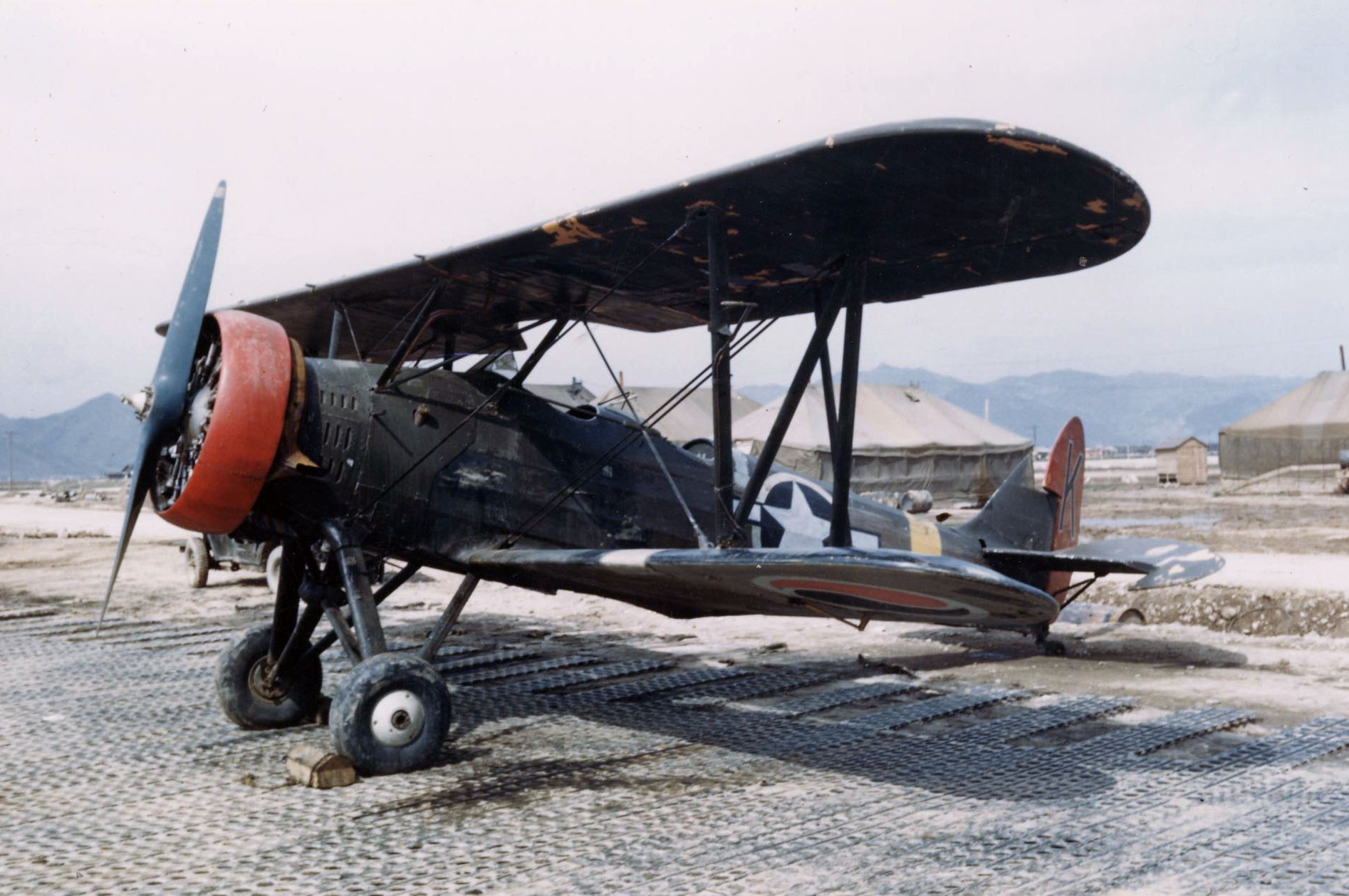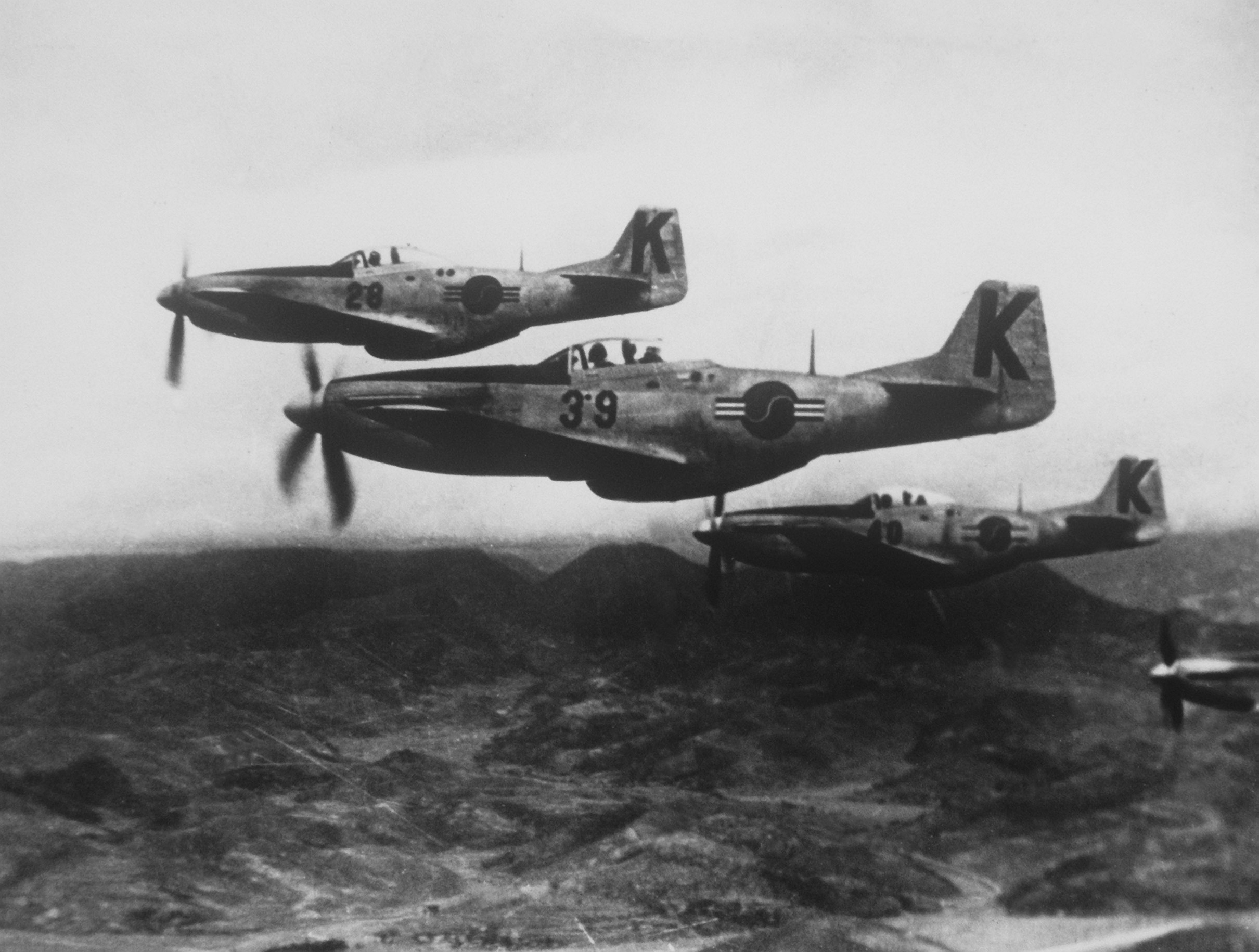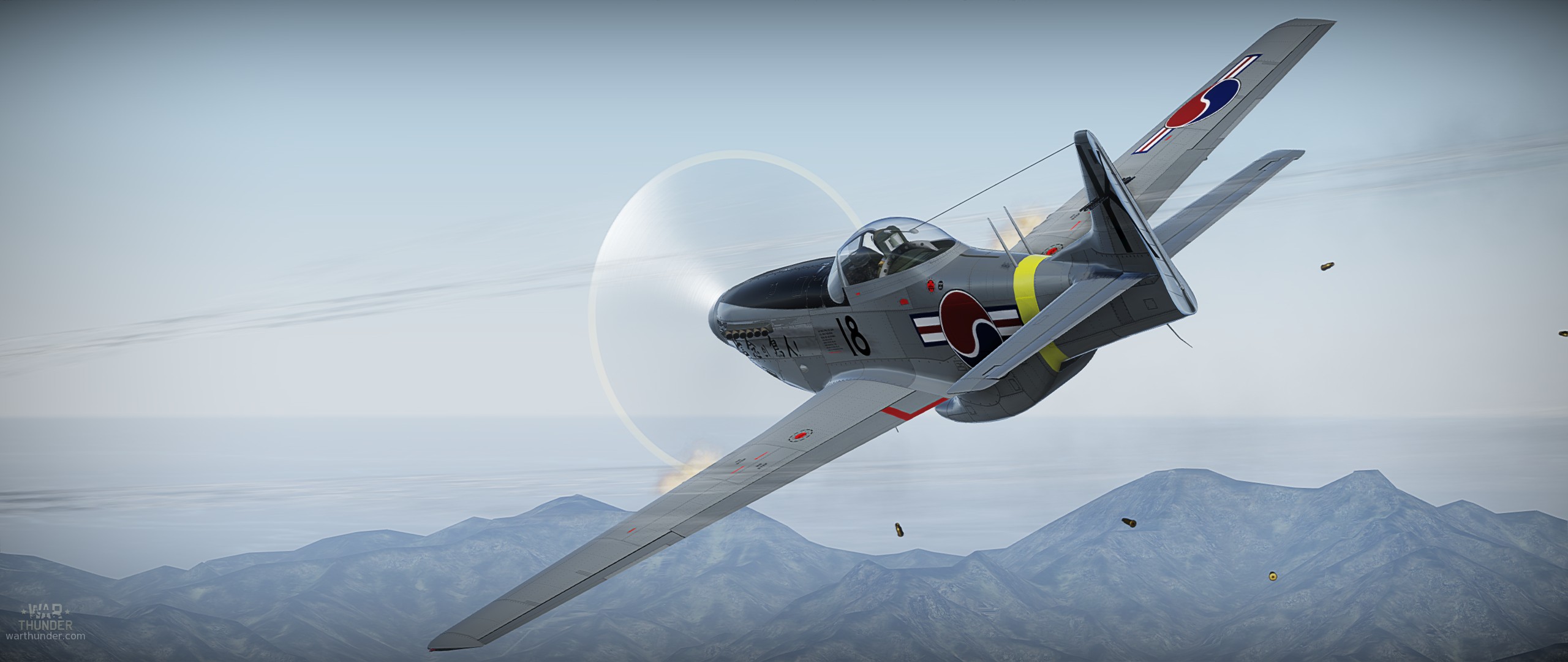
- For PC
- For MAC
- For Linux
- OS: Windows 10 (64 bit)
- Processor: Dual-Core 2.2 GHz
- Memory: 4GB
- Video Card: DirectX 11 level video card: AMD Radeon 77XX / NVIDIA GeForce GTX 660. The minimum supported resolution for the game is 720p.
- Network: Broadband Internet connection
- Hard Drive: 23.1 GB (Minimal client)
- OS: Windows 10/11 (64 bit)
- Processor: Intel Core i5 or Ryzen 5 3600 and better
- Memory: 16 GB and more
- Video Card: DirectX 11 level video card or higher and drivers: Nvidia GeForce 1060 and higher, Radeon RX 570 and higher
- Network: Broadband Internet connection
- Hard Drive: 75.9 GB (Full client)
- OS: Mac OS Big Sur 11.0 or newer
- Processor: Core i5, minimum 2.2GHz (Intel Xeon is not supported)
- Memory: 6 GB
- Video Card: Intel Iris Pro 5200 (Mac), or analog from AMD/Nvidia for Mac. Minimum supported resolution for the game is 720p with Metal support.
- Network: Broadband Internet connection
- Hard Drive: 22.1 GB (Minimal client)
- OS: Mac OS Big Sur 11.0 or newer
- Processor: Core i7 (Intel Xeon is not supported)
- Memory: 8 GB
- Video Card: Radeon Vega II or higher with Metal support.
- Network: Broadband Internet connection
- Hard Drive: 62.2 GB (Full client)
- OS: Most modern 64bit Linux distributions
- Processor: Dual-Core 2.4 GHz
- Memory: 4 GB
- Video Card: NVIDIA 660 with latest proprietary drivers (not older than 6 months) / similar AMD with latest proprietary drivers (not older than 6 months; the minimum supported resolution for the game is 720p) with Vulkan support.
- Network: Broadband Internet connection
- Hard Drive: 22.1 GB (Minimal client)
- OS: Ubuntu 20.04 64bit
- Processor: Intel Core i7
- Memory: 16 GB
- Video Card: NVIDIA 1060 with latest proprietary drivers (not older than 6 months) / similar AMD (Radeon RX 570) with latest proprietary drivers (not older than 6 months) with Vulkan support.
- Network: Broadband Internet connection
- Hard Drive: 62.2 GB (Full client)
P-51D-30 from Korean Air Forces, camouflage made by Devil_Hound | Download here
Korea was after Japan's defeat in World War II an ostensibly free nation. However this was short-lived, as tensions and the growing hostility between the US and the USSR quickly lead to a country divided by ideological differences, Independent Korean efforts to establish an free democratic government were frustrated as U.S. forces occupied the korean peninsula below the 38th parallel and Soviet backed troops took control of the north.
 |
| Former Japanese Tachikawa Ki-9 in South Korean markings |
Prior to the fall of the Japanese overseas empire the Korean Independence movements hoped to establish the basics of a functioning government, this lead to the establishment of a nascent military which would include an air arm. Korean pilots would train and exercise in both the continental US and mainland china some even serving in foreign units or as part of independence contingency plans. It took the act of Presidential decree no. 254(Air Force Headquarters Organization) on the first October, 1949 to firmly establish the RoKAF. By this stage the RoKAF had been able to Acquire some Piper Cub L-4 “grasshoppers” and North American T-6 Texan Training and observation aircraft.
 |
| F-51D formation in 1954 |
It was not however until the events of 25th June 1950 that the need for a modern fighter was made strikingly apparent, the RoKAF at this point could muster but 1800 men and only a small few were pilots with combat experience, so as the North Koreans overran the border the desperate RoKAF mustered it’s forces. With the help of the United States and the rapid deployment of US troops and material the RoKAF was able to acquire and deploy the F-51 Mustang Fighter Bomber, Project “Bout One” forged South Korean pilots and USAF instructors together to form a highly effective team, based out of Taegu Airfield under Major Dean Hess, the cutting edge of Korean air power would strike deep into the Korean peninsular in support of US and Korean ground forces or on air to ground interdiction missions. These initial 10 aircraft were soon joined by 30 more, carrying bombs, rockets, napalm and with the .50 calibre guns these aircraft provided vital support to the troops on the ground. The cost of these missions was high, vulnerable to ground fire the liquid cooled engines of the F-51 was it’s achilles heel, and many pilots never made it home.
While the ever present danger of Soviet made Yak-9 or La-7 fighters dogged the RoKAF pilots the deadliest threat was that posed by marauding MiG-15 fighters, the F-51’s though at a major disadvantage could count on the superior maneuverability of their aircraft to give them a fighting chance. It was not until after the cessation of hostilities in 1955 that the RoKAF would receive a number of F-86F sabres, and much later would transition through a number of more modern aircraft until todays use of the F-15 variants of multirole fighter bombers.
Today the RoKAF serves in defence of the South Korean people, upholding it’s core values and it’s missions of Deterrence and Combat readiness.
Author: Aaron “anglomanii” Lentz




